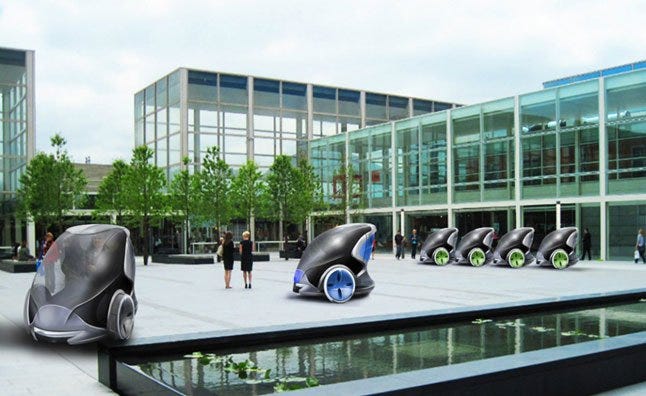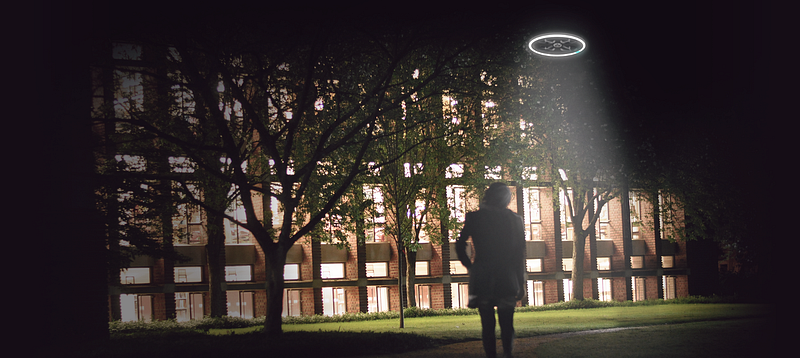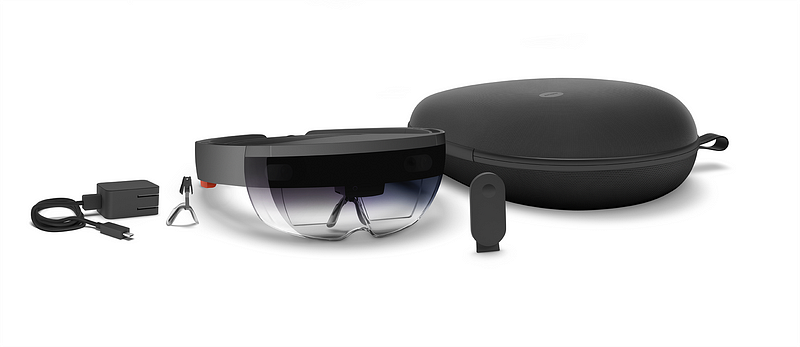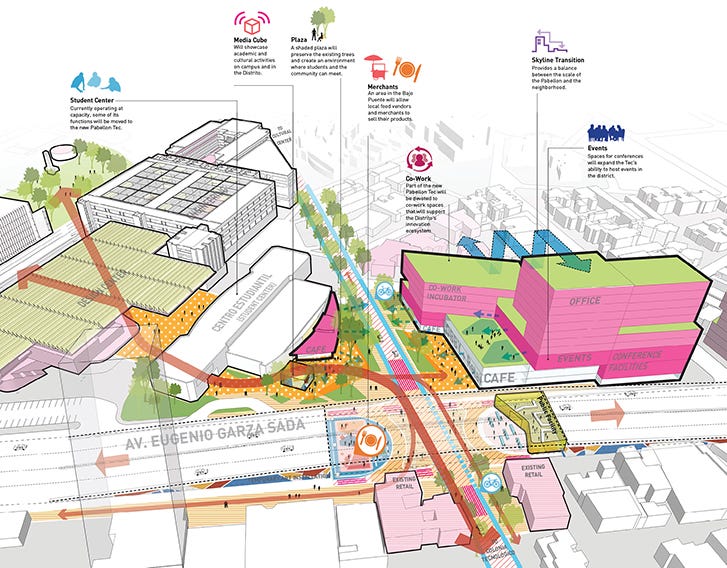Campus Safety - Addressing Safety Issues on Campuses with IoT
Campus Safety - Addressing Safety Issues on Campuses with IoT
- Last Updated: December 2, 2024
Guest Writer
- Last Updated: December 2, 2024



The Power of Smart Technologies
- Positively impact sustainability practices.
- Facilitate better asset management.
- Allow for management of infrastructures.
- Provide access to education.
- Increase community-wide communication.
- And improve overall safety in the communities.
With over 4,000 universities in the US (private and public), and a continued focus on curtailing crime on those campuses, let’s take a look at the power that a purpose-driven, campus ecosystem can have on addressing the demands of its population.
Understanding Campus Safety and The Clery Act
Jeanne Clery was a 19 year old student at Lehigh University in Bethlehem, Pennsylvania. In April of 1986, Jeanne was raped and murdered in her campus dorm room by a fellow student. Arguing that the university failed to share vital information related to campus safety, Jeanne's parents campaigned for the Clery Act which was enacted in 1990.
The Clery Act, a federal law, requires that all institutions receiving student financial aid must: report all crime statistics, alert the entire campus of imminent dangers, and distribute an Annual Campus Security report. Included in this report are stats related to: Murder, Rape, Dating Violence, Robbery, Arrest, Hate Crimes and disciplinary actions by the institution.
While there are many factors in these crimes, there are a few personal or environmental characteristics that are most common:
- Lighting across a university campus.
- The time of the year. The months of September and October are known as the ‘red zone,’ when young women between the ages of 18 and 20 in their freshmen and sophomore years of college are most at risk for sexual assault.
- Lack of communication among campus direct service providers.
- A shortage of crime prevention officers on campus, which leads to delayed responsiveness when called upon.
Smart technologies and the Internet of Things can be instrumental in solving these problems and bolstering campus safety.
Let’s Start with Crime Prevention
The ultimate goal of any safety plan is to simply prevent crime altogether. With prevention, we look to eliminate the challenges of responding to crime by preempting the need to do so.
[caption id=" align="alignnone" width="646"]

On-Demand Autonomous Pods
As a way to provide more safe environments for those commuting across campus, imagine a simple app that provides access to an on-demand fleet of autonomous pods. The pods would come equipped with video-monitoring capabilities within the cabin along with its surroundings. A communication system would allow riders to interact with safety personnel. Illuminated cabins would ensure that the cabin is exposed and easy to monitor.
The fleet would be accessible to all campus students, faculty, and administrators as needed. Similar to what can be currently found with Uber and Lyft, a person simply needs to make a request for a pod, define a destination, and they’ll know exactly when their pod will arrive.
[caption id=" align="aligncenter" width="800"]

Illuminated Escort Drones
In the same vein as the autonomous pods, the team at Pushstart Creative has developed an illuminated drone that provides a connected experience for safe commutes across campus. Their version of an on-demand fleet are drones that are precisely monitored via a security command center. Each drone comes fully equipped with 360° cameras, LED lighting, GPS, Speakers, Microphones, and recognition of the person who requests its service.
The drones simply accompany a student or faculty member across campus until they reach their desired destination. Once the service is complete, the drones fly back to their base station for recharging.This drone fleet allows for incremental expansion of the security network on campuses, with the ability to provide on-demand services that are otherwise unavailable.
The Need for Open Communication
The ability to share urgent information, in real-time, is of paramount importance in building safe environments. Gaining visibility to relevant and meaningful information is not only critical, but can be life-saving.
[caption id=" align="alignnone" width="600"]

Campus Communication Kiosks
In it’s simplest form, a campus could be equipped with a network of interconnected kiosks that are strategically positioned—providing exposure to critical information. The intent would be to create a 2-way communication stream that would allow campus security to reach out to those on campus and vice versa. These Kiosks could be equipped with the following:
- General campus information
- Both active and passive campus navigation
- 2-way communication
- Full 360° video security monitoring
- Alert systems integrated with sound, visuals, and text messaging
[caption id=" align="alignnone" width="800"]

Broadcasting via Microsoft Hololens
Extending and sharing what security personnel see in real-time would be a great way to communicate the details of relevant campus activity. With a tool like Microsoft’s Hololens, an officer might transmit real-time video data to other officers on campus. This sharing in real-time allows officers to assess situations immediately and to determine the urgency of their assistance.
Taking it one step further, you might equip the system with AR, allowing it to layer pertinent data on top of an environment. Maybe you can see the number of students that live in a dorm. Or any existing classes that might be in session in a particular building. As an example, this would allow a security force to properly evacuate a building during an emergency.
Sharing is Caring
Communities thrive when they share a common goal and vision. This shared perspective encourages mutual understanding, respect, and empathy culminating in a heightened regard for human-kind and general decency.
Collectively, these become key ingredients in creating safe environments. This is why it’s critical for us to break down the boundaries of a campus which can isolate it from its surroundings.
Exclusion builds curiosity and unfamiliarity. If people are unfamiliar with the norm, it’s difficult for them to understand when that normalcy is compromised. That is why we must begin to extend the college campus beyond its predetermined boundaries, improving campus safety in the long-term. But what does that look like?
[caption id=" align="alignnone" width="727"]

Tecnológico de Monterrey
There are already examples of this in practice. At Monterrey’s Tecnológico, there are plans to integrate the campus into the surrounding community. Known as Distrito Tec, this synergistic integration is intended to revitalize communities, create new economies, and breed recognition that can benefit both campuses and their surrounding communities.
Exposing communities to the campus and the campus to the community allows for a mutually beneficial relationship. Smart, connected communities can inform each of those interacting in this system. Learning from one another, and leveraging each others expertise, allows for students to gain access to opportunities around them. Conversely, this also allowing surrounding businesses to leverage eager and well-informed students.But most importantly, this newly formed neighborhood of students and professionals allows for the fostering of mutual respect — more naturally leading to safe sensibilities and interactions.
Ultimately We Must Connect Through Data
At the core of any functional digital ecosystem is the intelligence gathered, it’s availability, and the translation of that information into something actionable. This cannot be done in a silo and requires accessibility within a shared network.
In our case, it would be highly effective to share intelligence with those surrounding communities that are in close proximity to universities. Reaching beyond those closest to us exposes critical information even further, allowing far-reaching campuses to proactively prepare for any unforeseen or unimagined safety challenges.
All that said, there are certainly privacy implications that must be considered too. As this ecosystem continues to evolve and optimize, we must further detail the logistics around the accessibility of data that's collected.Whatever the case, it’s clear that connected campuses will soon become the expected norm—as students and parents both look to minimize exposure to campuses with ongoing safety challenges.
Written by Sergio Ortiz of SOMO Imagineers
The Most Comprehensive IoT Newsletter for Enterprises
Showcasing the highest-quality content, resources, news, and insights from the world of the Internet of Things. Subscribe to remain informed and up-to-date.
New Podcast Episode

How to Build Smart Building Solutions
Related Articles



